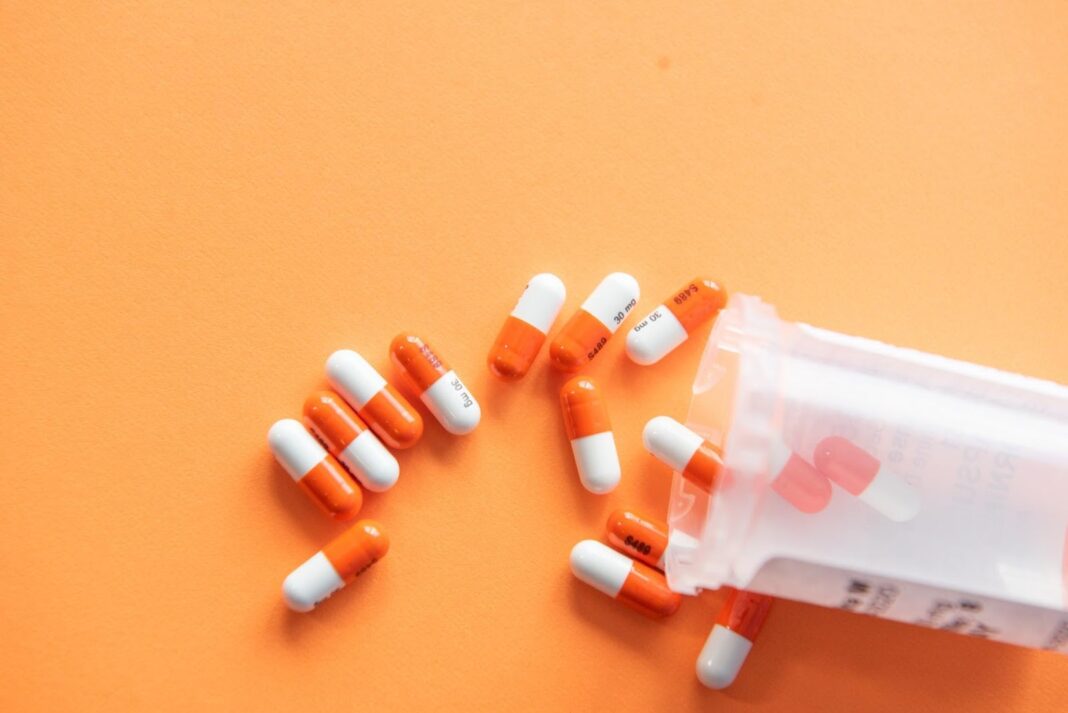You must have come across several types of infections and diseases in your life. The agents causing these infections range from bacterial strains to genetic mutations. Then, there are disorders such as Diabetes. Disorders are caused by multiple environmental or biosocial stimuli that affect the body. The medicines used to counter and cure improper body functioning vary in origin and class. Today, we’re only focusing on the most useful anti-diabetic drugs.
Here’s a list of the top 10 useful antidiabetic drugs that are used to treat type-1 and type-2 diabetes mellitus.
- Insulin Medicines
Insulin medicines are the most common treatment type given to patients with type 1 diabetes. These drugs help to fulfill your insulin needs when your body fails to do so.
Examples: Insulin Aspart, Insulin Lispro.
- GLP1 Drugs (Semaglutide)
Semaglutide is a glucagon-like peptide -1 drug (GLP1) that helps your body to produce more insulin. If you’re using a GLP1 drug, finding semaglutide manufacturer for the long-term is better. Because this drug is mainly used to treat type 2 diabetes and other long-term weight management problems.
Semaglutide is sold as Ozempic in the form of injections.
- Amylinomimetic drug
Amylinomimetic drugs are usually sold as injectables given to patients before meals. These drugs act as glucagon reducers that delay the time taken by the stomach to empty itself, so it helps to lower your blood sugar levels.
Example: Pramlintide as SymlinPen 120 mg and SymlinPen 60 mg.
- Alpha-glucosidase Inhibitors
Alpha-glucosidase inhibitors lower your sugar levels by breaking down large starch molecules into smaller units. These medicines are usually taken before meals to improve their effectiveness.
Examples: Acarbose (Precose), Miglitol (Glyset).
- Biguanides
Biguanides are mostly used to lower your intestinal sugar absorption so that your muscles receive more sugars. These drugs lower the production of sugars produced by your liver and make your body insulin-sensitive.
Examples: Glucophage, Metformin Hydrochloride ER, Glumetza, Riomet, Fortamet.
- DPP-4 Inhibitors
Dipeptidyl peptidase-4 inhibitors (DPP-4) are known for lowering blood glucose without causing hypoglycemia in patients. The drugs promote your pancreas to make more insulin to increase glucose metabolism.
Examples: Alogliptin (Nesina), Linagliptin (Tradjent), Alogliptin-metformin (Kazano), Alogliptin-pioglitazone (Oseni),
- Thiazolidinediones
Thiazolidinediones drugs decrease sugars present in your liver by promoting your fat cells to use more insulin for glucose metabolism. Doctors only prescribe these drugs with extra care because thiazolidinediones drugs may cause heart disease as a side effect.
Examples: Rosiglitazone (Avandia), Rosiglitazone-glimepiride (Avandaryl)
- Meglitinides
Meglitinides are drugs that enable your body to release more insulin hormones. Insulin helps to metabolize blood glucose maintaining your blood sugar level back to normal. But these drugs are not suitable for everyone due to particular side effects.
Examples: Nateglinide (Starlix), Repaglinide (Prandin), Repaglinide-metformin (Prandimet).
- Sulfonylureas
Sulfonylureas are potassium channel blockers that promote insulin release by blocking beta cells from engulfing potassium. These drugs are mainly used for the treatment of Type-2 diabetes and are not much effective against Type-1 diabetes.
Examples: Amaryl (glimepiride),
Glucotrol (glipizide), GlipiZIDE (glipizide)
- SGLT-2 Inhibitors
Sodium-glucose transporter-2 inhibitors help in sugar metabolism by improving glucose excretion. These drugs prevent your kidneys from withholding glucose and promote glucose elimination through urine
Also, Read More About – Metrogyl 400? | Maxtra Syrup? | Zincovit
